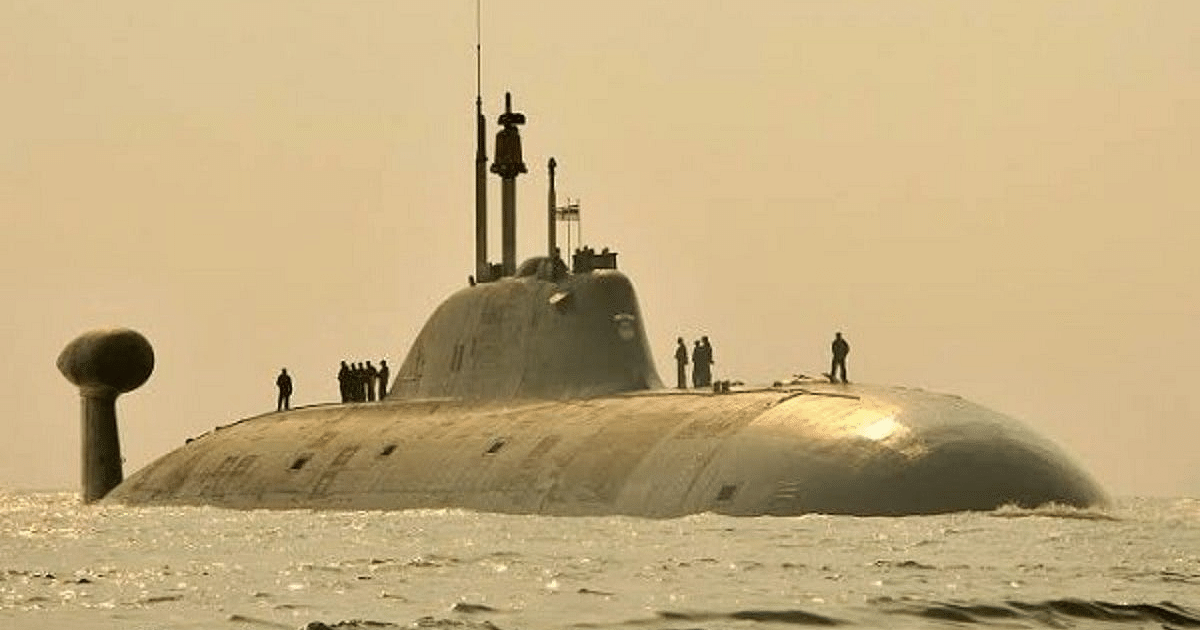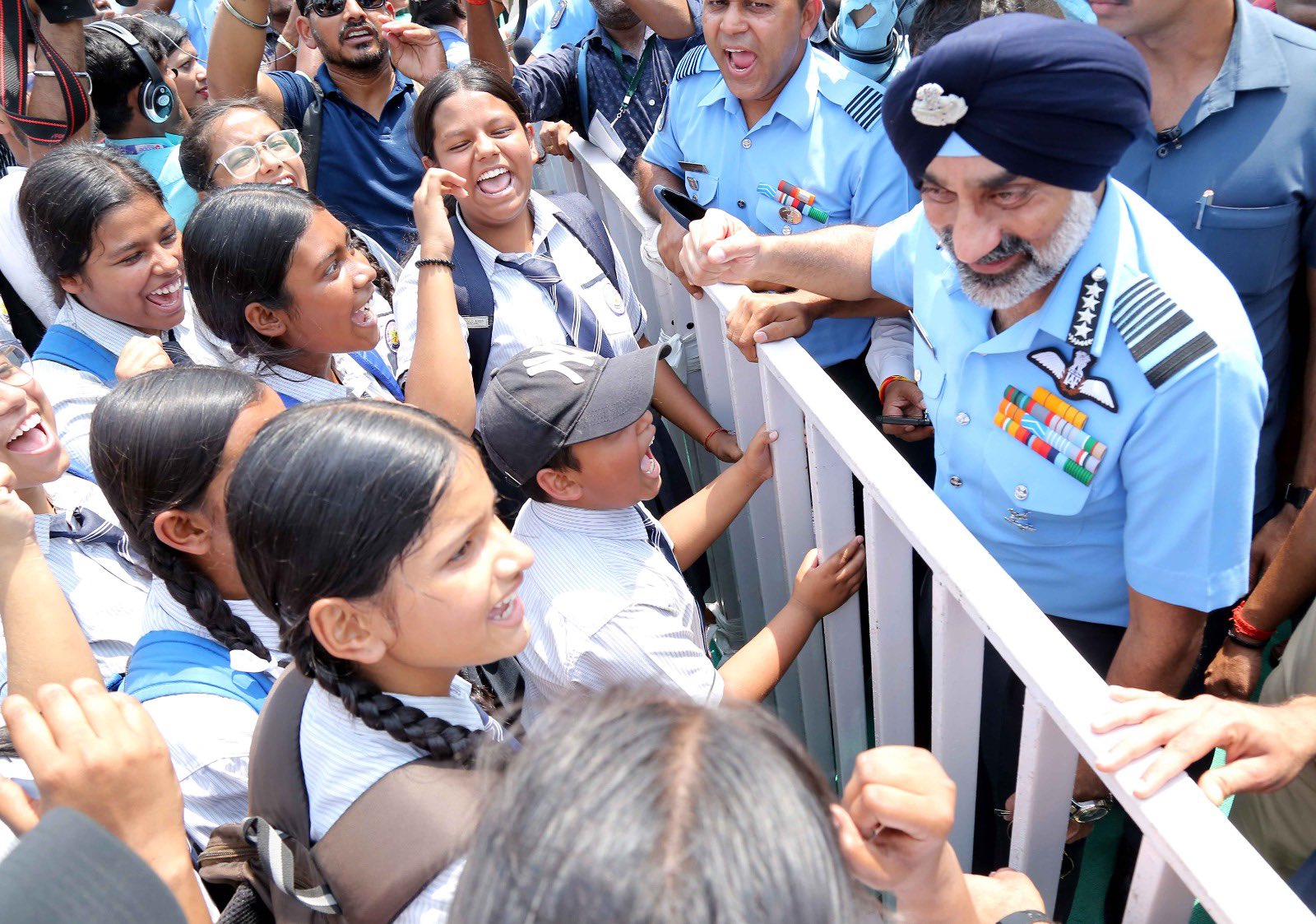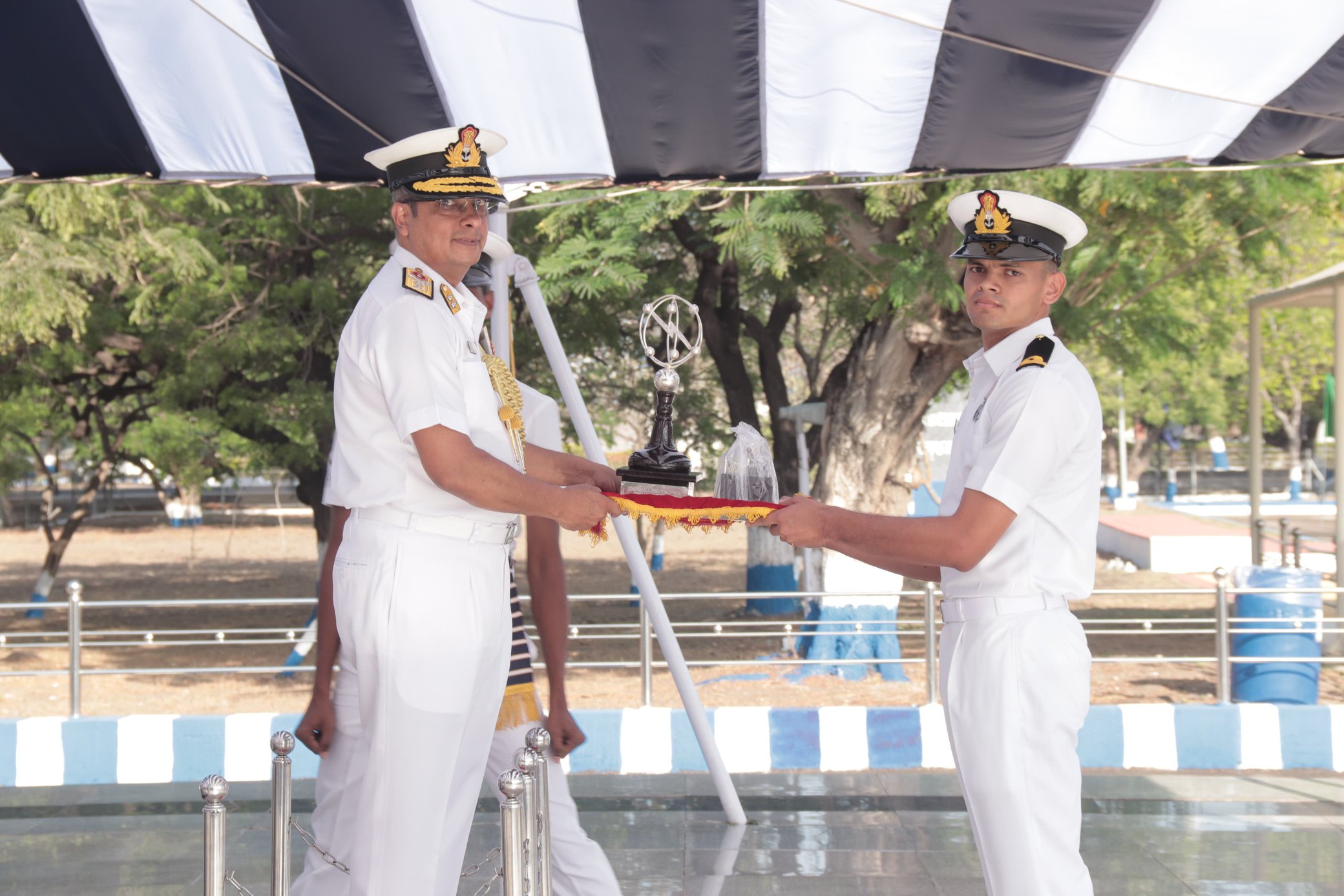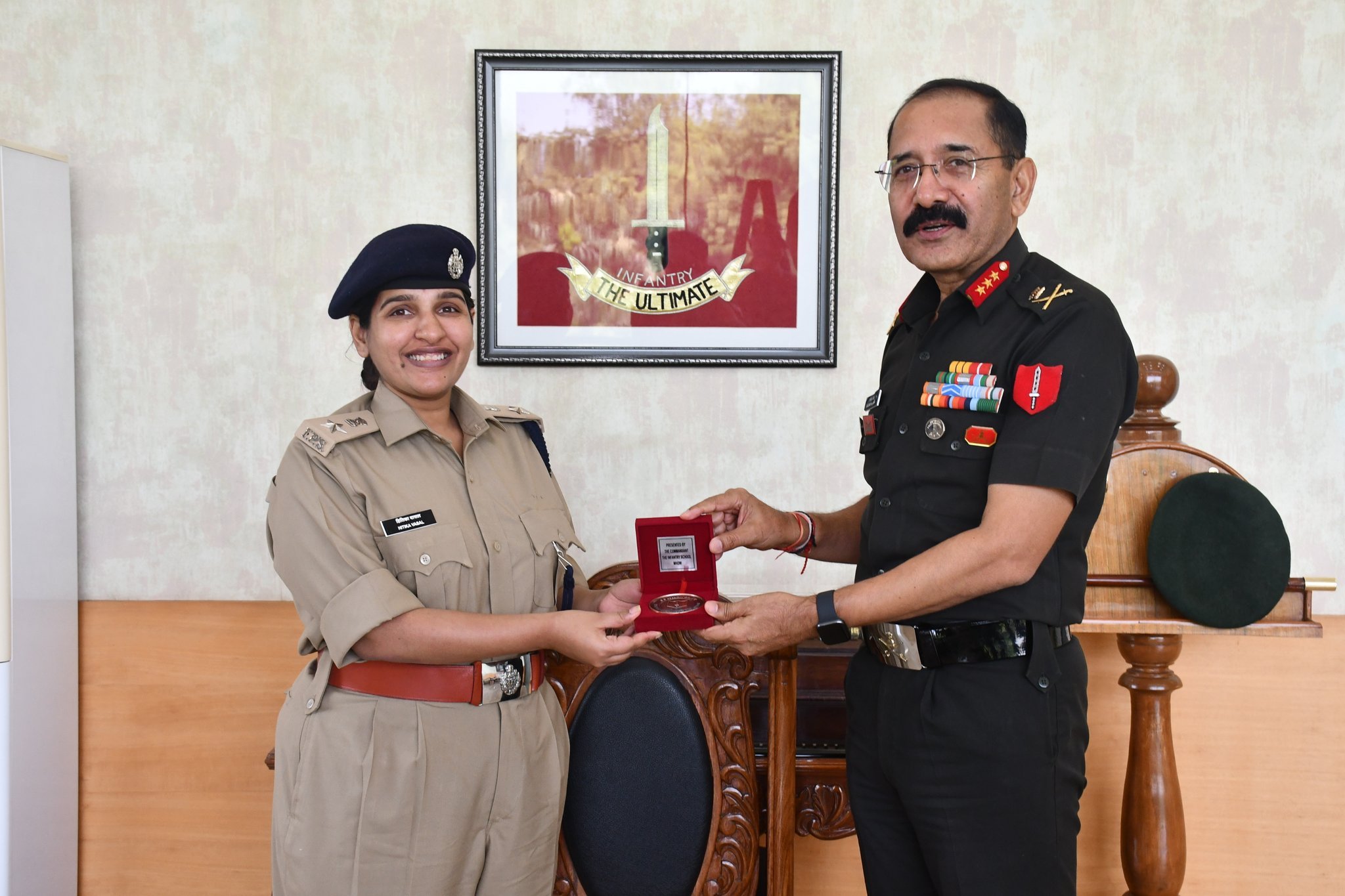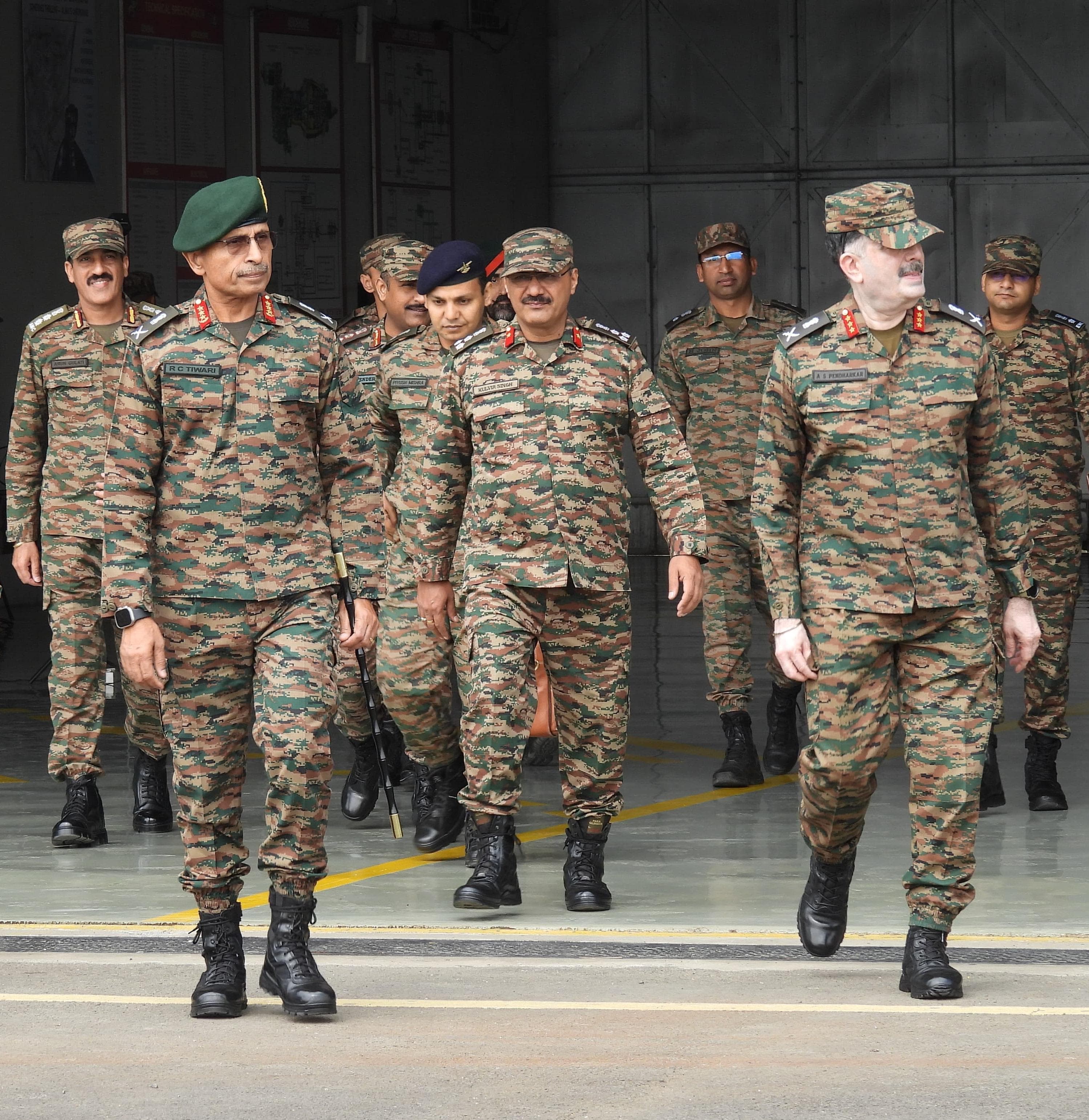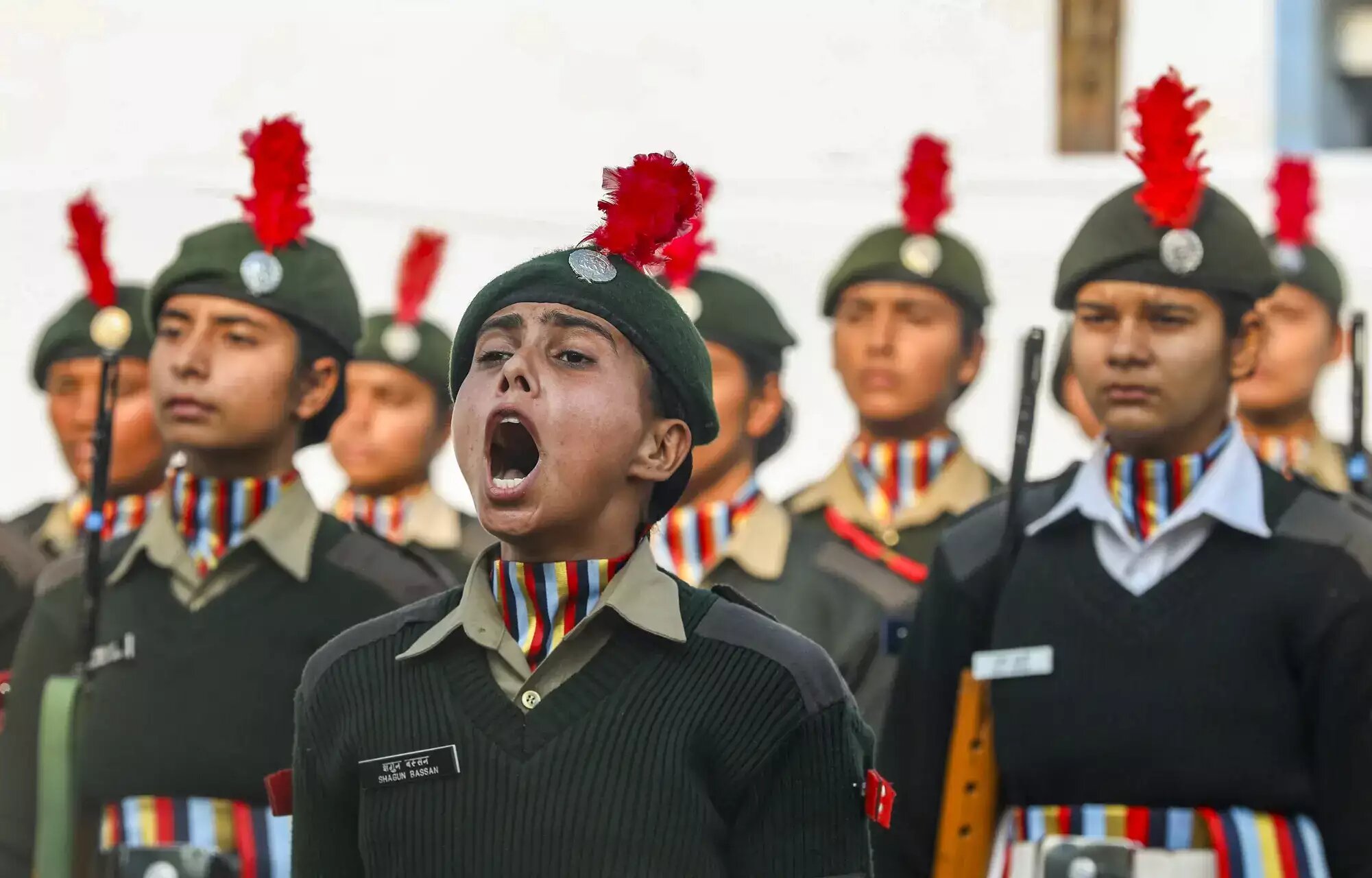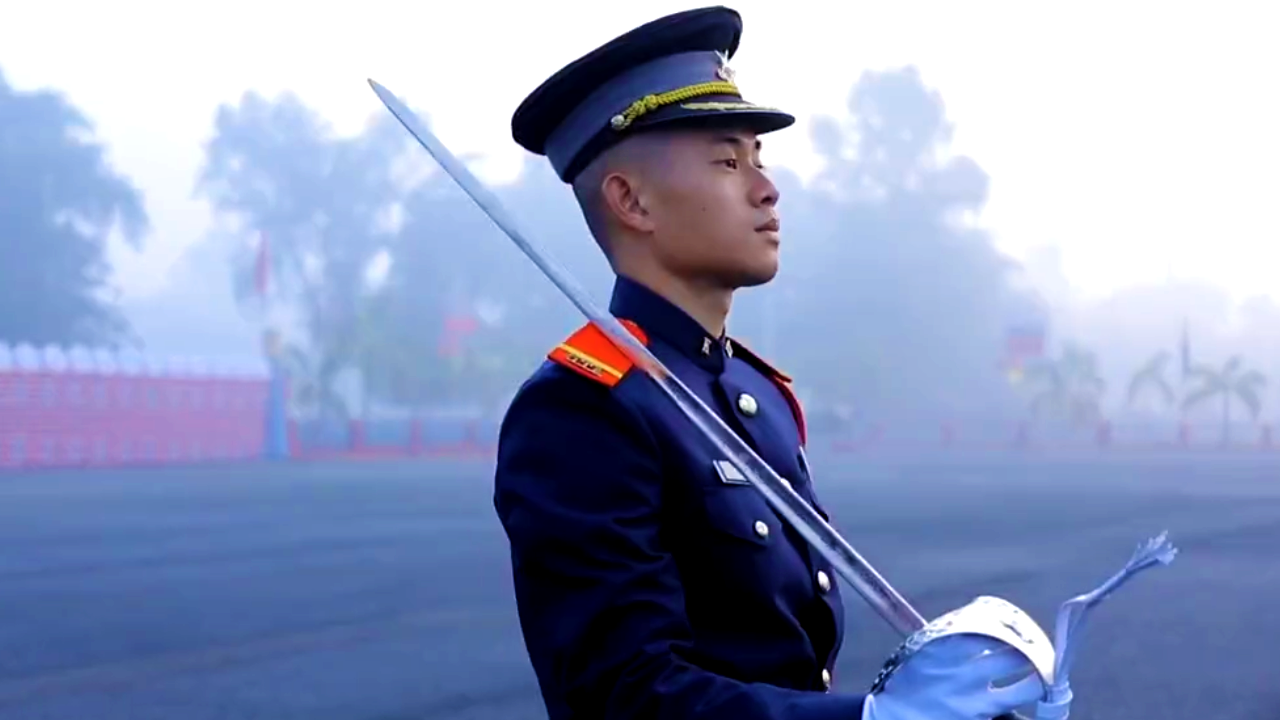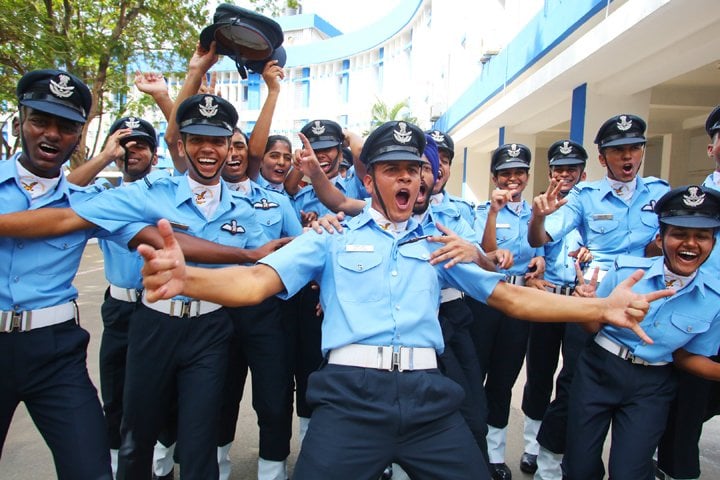India is poised to receive its first of two new guided-missile frigates from Russia, a significant milestone amid the complexities arising from the ongoing Russia-Ukraine conflict. Scheduled for delivery at the end of this month, this nearly 4,000-tonne frigate, designated INS Tushil, is expected to soon be manned by over 200 Indian officers and sailors who have been stationed at the Yantar Shipyard in Kaliningrad for several months. Following its commissioning, INS Tushil will embark on a journey to Indian waters, with its sister ship, INS Tamal, anticipated to follow early next year.
This development comes after India and Russia signed a substantial $500 million contract in 2018 for the construction of these two stealth frigates at Goa Shipyard. In addition to this, a further deal nearing $1 billion was established for the importation of two other frigates built in Russia. Both contracts are pivotal components of a larger 2016 agreement in which New Delhi secured a total of four Admiral Grigorovich-class frigates from Moscow.
While two of these frigates are under construction at Goa Shipyard—with the first, named Triput, successfully launched in July this year—the other two vessels were being built in Russia, stalling due to significant issues related to propulsion systems. The Grigorovich-class frigates, part of Project 11356, have already demonstrated their operational effectiveness, with three currently active in Russia’s Black Sea Fleet. Initially, Russia had intended to construct six frigates under contracts signed in 2010 and 2011, with the first ship, Admiral Grigorovich, laid down in December 2010 and launched in March 2014.
However, the completion of the remaining ships was delayed due to a critical shortage of propulsion systems. The M90FR gas turbines that power these frigates are manufactured by Zorya-Mashproekt, a facility in Ukraine that became an essential part of Russia’s naval architecture following the dissolution of the Soviet Union. Following a decline in relations between Russia and Ukraine, particularly intensified by the 2014 annexation of Crimea and the ongoing conflict, Russia’s access to these engines was effectively halted. Consequently, the last three frigates remained incomplete at the Yantar Shipyard.
India’s involvement proved crucial in this context. In 2016, Ukraine consented to sell M90FR gas turbine kits to India, which were meant to be supplied to Russia for installation on the incomplete frigates’ hulls already fabricated in Kaliningrad. This strategic arrangement capitalized on India’s pre-existing familiarity with Ukrainian engines, as approximately 30 Indian Navy vessels are also equipped with engines sourced from Zorya-Mashproekt.
The acquisition of these frigates aligns well with India’s naval capabilities, as the Indian Navy already operates six Talwar-class frigates, built by Russia between 2003 and 2013. The Admiral Grigorovich-class is viewed as an advanced variant of the Talwar-class, enhancing India’s fleet to a total of ten Krivak-class-derived ships. These new frigates are expected to be commissioned from 2022 to 2027, coinciding with the delivery timelines of the P17A frigates currently in production at Indian shipyards. The first of these P17A frigates, INS Nilgiri, is presently undergoing sea trials and is expected to be commissioned in December.
Despite these advancements, challenges remain. The delivery schedule for the fourth and fifth squadrons of S-400 surface-to-air missile systems, previously contracted for $5.43 billion in 2018, is pushed to 2026 due to Russia’s redirected focus towards its ongoing military operations in Ukraine. Although India has requested expedited delivery, the situation appears complex given the current state of Russia’s defense-industrial output.
Additionally, uncertainty lingers over a nuclear-powered attack submarine that India leased from Russia under a $3 billion agreement signed in 2019, with its arrival now projected for no earlier than 2028. India’s history with Russian nuclear submarines includes previous leases of two subs; however, the ongoing issues surrounding the current lease have prompted India to initiate an indigenous project for constructing two nuclear-powered attack submarines, a venture expected to require a decade for the first to be operational.
The overall defense collaboration between India and Russia is navigating a challenging landscape characterized by geopolitical tensions and evolving military needs, underscoring the importance of continued engagement in strengthening India’s naval capabilities.

